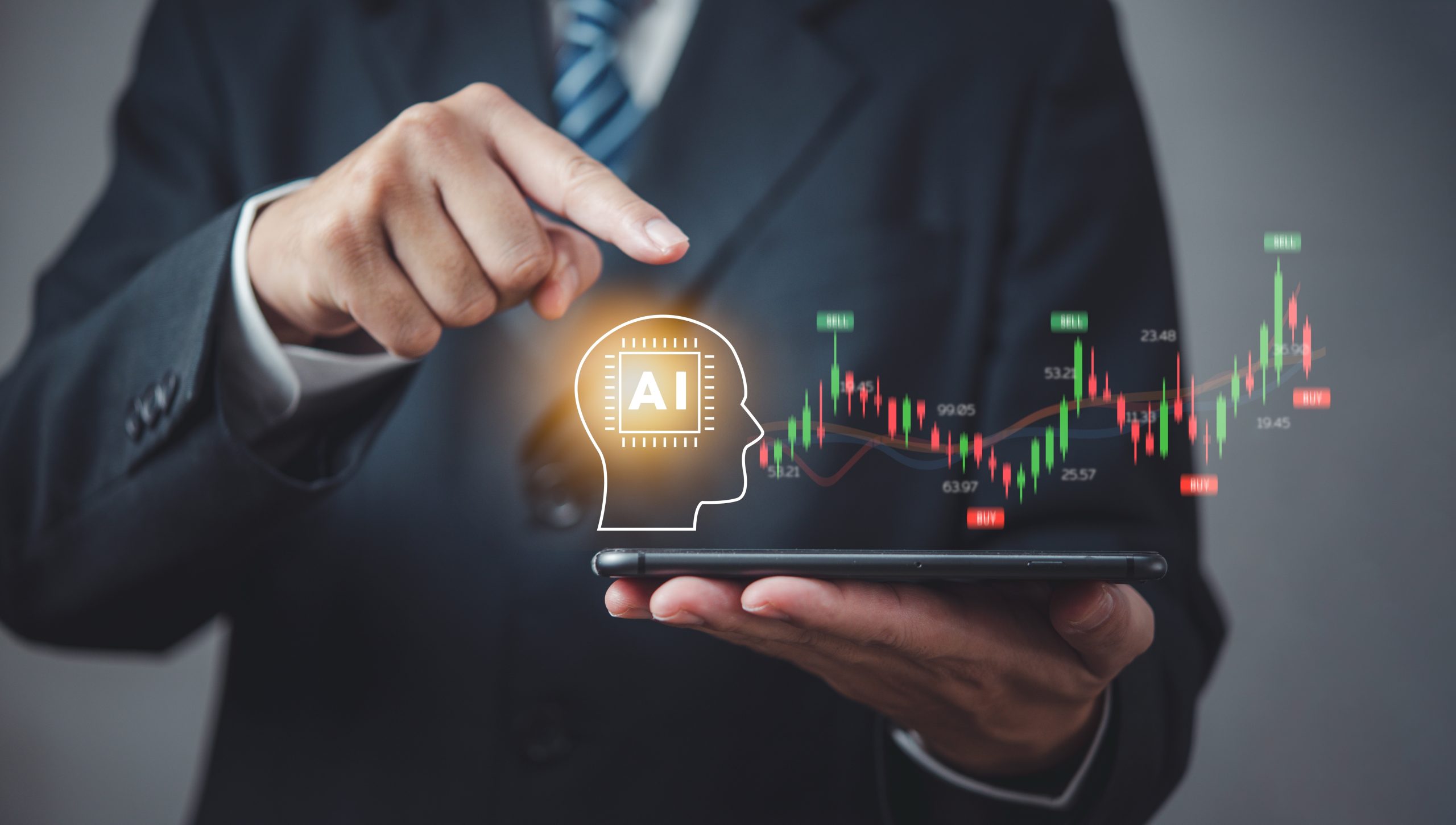
Key Insights from 2025: AI Agents in Finance & Investing
Executive Summary: In 2025, many anticipated an AI revolution in which automation, streamlining, ...

The risk-return tradeoff is a basic principle of finance: the lower the risk, the lower the expected rate of return. As artificial intelligence comes to dominate many aspects of life – finance included – the risk-return concept is starting to apply here as well.
After all, it’s easier to keep using the same investment strategy because that’s how you always did it. But this low commitment approach carries an increasingly greater opportunity cost as investors widen their horizons through financial artificial intelligence.
According to IBM, financial AI is the “use of technology… to analyze financial data, automate tasks, and improve decision-making.” Just a brief selection of the ever-expanding applications of AI for finance includes transaction automation, customer service, fraud detection, predictive analytics, credit scoring, data and risk analysis, and compliance.
With such a wide range of capabilities, financial AI looks like an exceptional opportunity. Market drivers include:
For these and other reasons, the financial AI market is projected to evolve at a CAGR of 17% between 2025 and 2033, at which point its market value will be USD 70 billion.
However, the financial AI industry also faces its fair share of challenges. These include:
A crucial area of specialization for financial AI is in the capital markets. AI for trading was once a complex field reserved for large institutions and their technical staff. However, a new generation of trading platforms expands this technology to the hands of individual financial professionals and retail investors. Some of the central applications of AI for investments are:
These applications are great when it comes to understanding data related to “popular” stocks. But there is literally another world out there when it comes to equities. Here are a few facts to illustrate this point:
AI finally enables banks, exchanges, advisory firms, trading platforms, and media companies to gain new perspectives on the global market. AI-based analysis platforms allow investment professionals to look at a wider range of diversified stocks from around the world. Language barriers, company size, and location no longer need to limit analysts to covering a restricted range of companies. In turn, financial institutions have a much larger pool of recommendations to present to clients and leverage internally.
This is not the end of spreadsheets and stock reports. Investors tend towards the instruments and industries that they know best, and so final buy/sell approval will still depend on human judgment.
However, AI for capital markets is a growing technology that will ultimately be as common as an internet connection and a trading platform. But, as with most investments, timing is everything. Those who adopt this technology soon will discover an early-mover competitive advantage. For instance, investors using analysis platforms can be first to find a promising overseas stock offering, become more familiar with new markets, and learn the ins and outs of financial AI before other firms do.
Find your next great investment with Bridgewise’s AI-driven insights. Contact us to learn more!

Executive Summary: In 2025, many anticipated an AI revolution in which automation, streamlining, ...

The Customer Rakuten Securities is one of Japan’s leading global trading ...

By Gaby Diamant, BridgeWise CEO Earlier this week, there was a brief online and social media ...